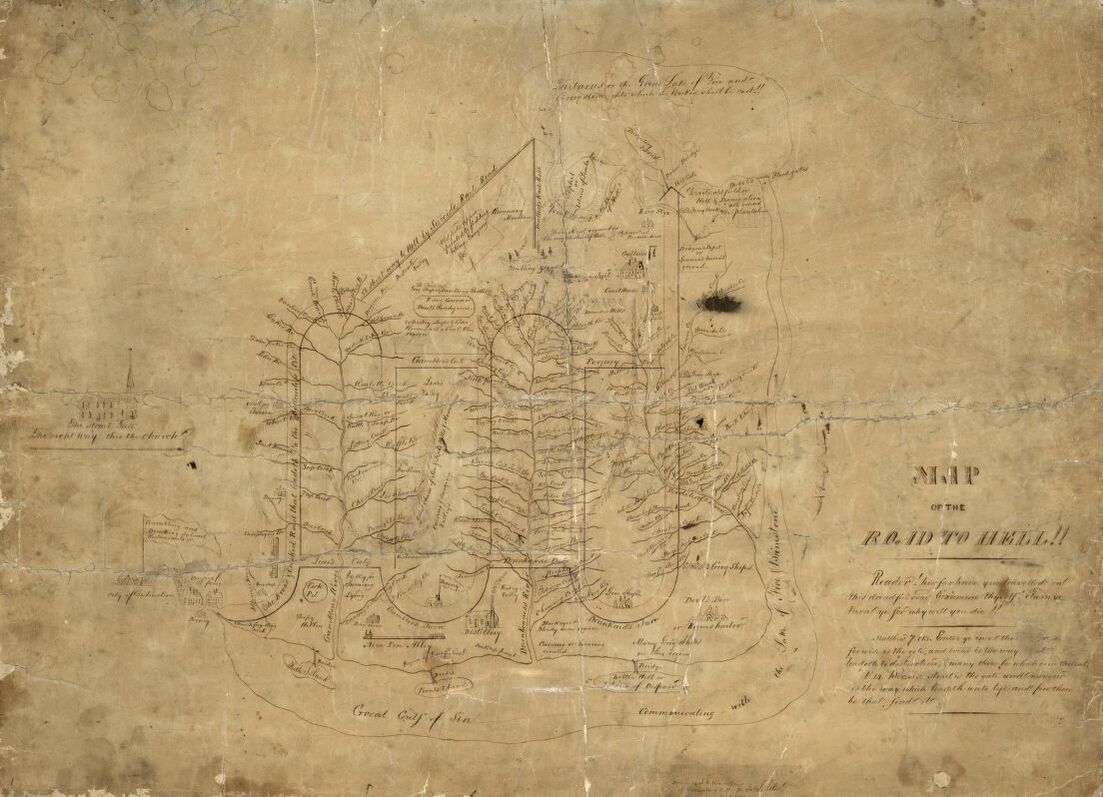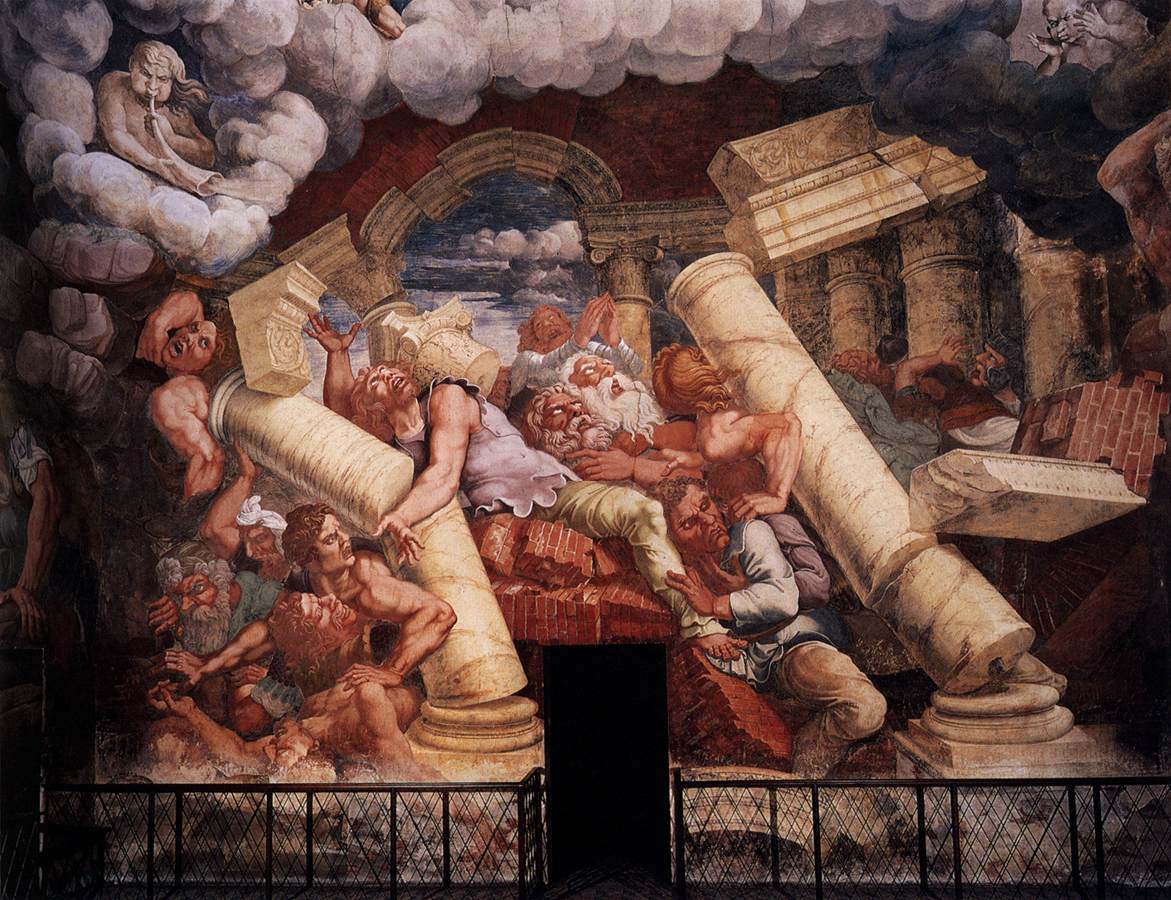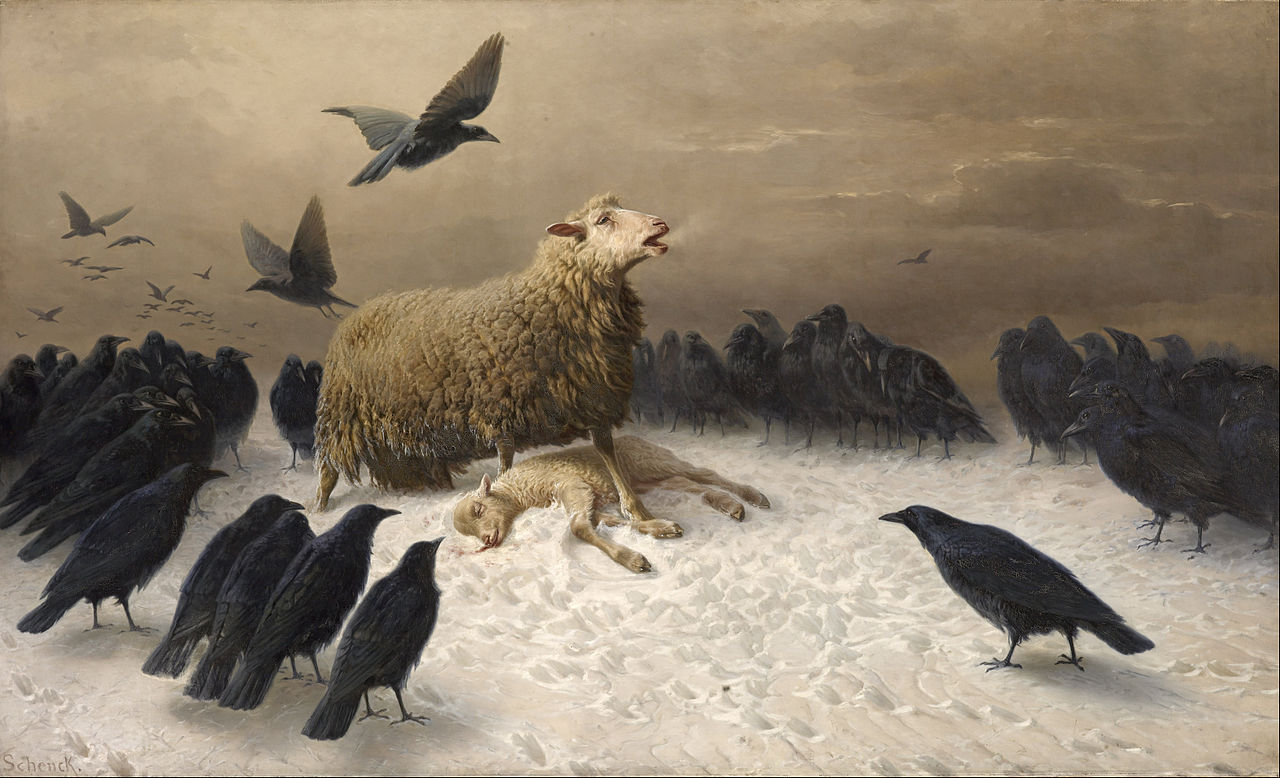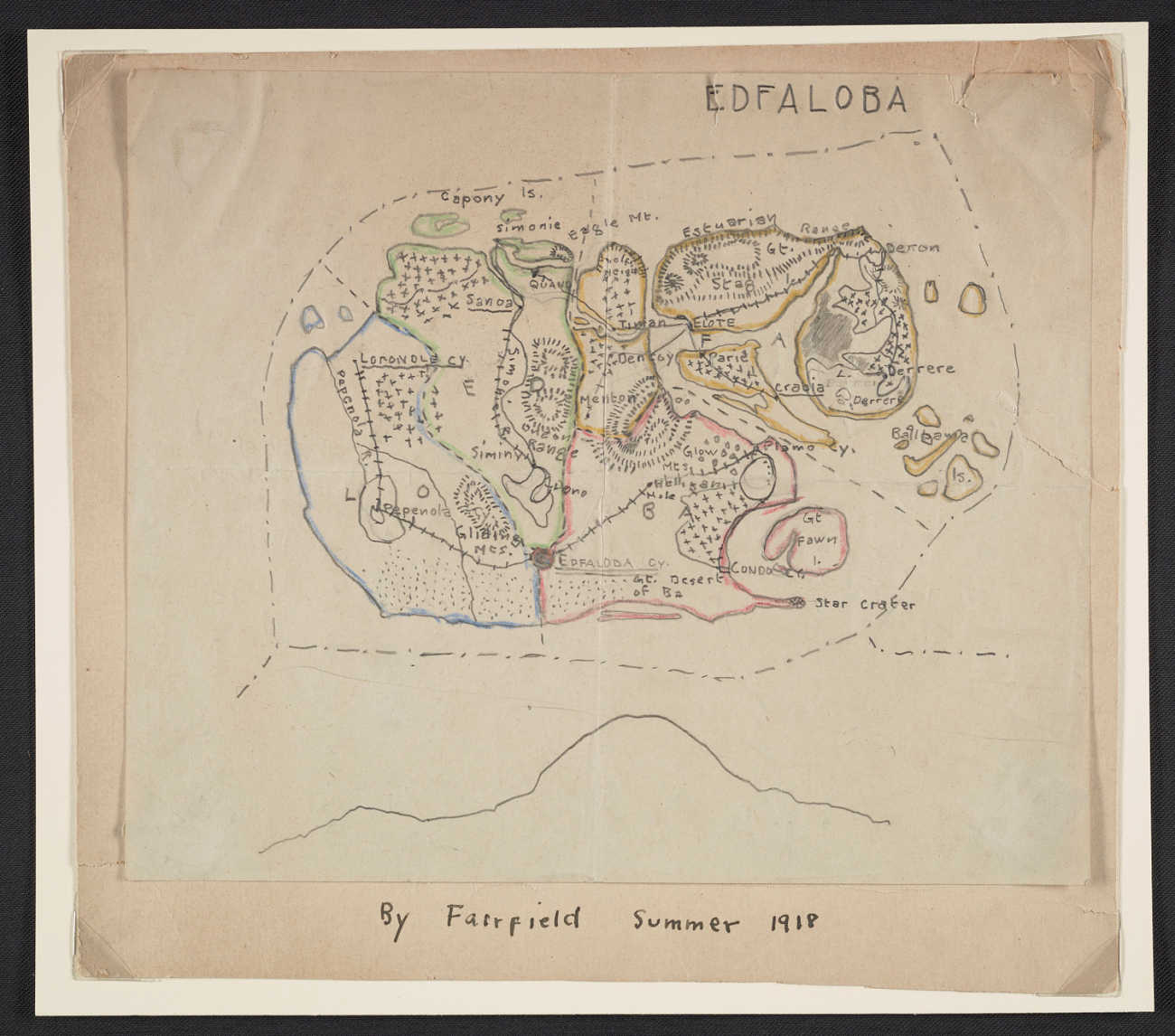What’s the smallest amount of information that will permit us to recognize an animated form as human? Study for Fifteen Points, by London-based art collective Random International, builds on the discoveries of Swedish perceptual psychologist Gunnar Johansson to show that a mere 15 moving points can suggest the gait of a walking person.
Art
“Map of the Road to Hell!!”
This is literally the first thing you find if you search the Library of Congress for “map of the road”. I.N. Barrillon drew it in 1858. “Reader! how far have you travelled on this dreadful road? Examine thyself! Turn ye turn ye for why will you die!!”
You can’t make out all the details here (the library has some beautiful larger scans), but it’s amazing what will land you in trouble. The major rivers in Hell are Gambling River, Drunkenness River, and Perdition River, but the tributaries include Chess Creek, Backgammon Branch, Lottery Creek, Egg Nog Creek, Cider Branch, and Lemonade Branch.
In his 1973 Atlas of Fantasy, J.B. Post writes, “The quickest way to the Great Lake of Fire and Brimstone is by the Suicide Rail Road and the Duelist’s Rail Road. One can meander along the road but shortcuts are provided for liars, drunkards, gamblers, and perjurors. All, however, finally go ‘blip’ into the Great Lake.”
“Not shown is the road to Heaven called ‘the Path of Ennui.'”
Room of the Giants
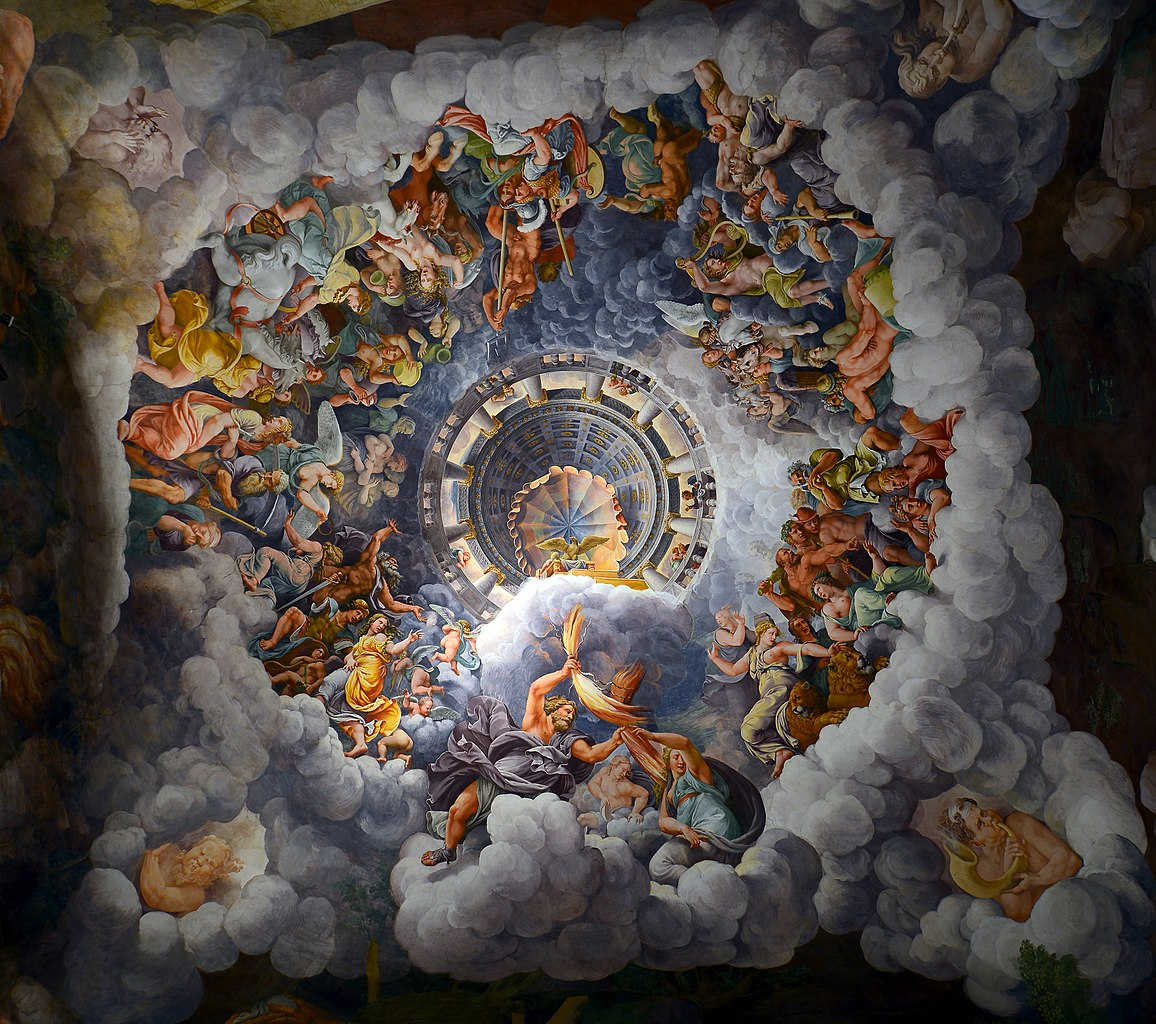
Painter Giulio Romano decorated the Palazzo del Te outside Mantua with a series of illusionistic spaces and special effects, culminating in a bewildering room in which giants that have rebelled against Zeus are crushed for their transgression — Giulio “paints the walls away,” leaving the viewer in a crumbling city into which Zeus flings lightning from the heavens. Poet Gregorio Comanini praised Giulio’s fantastic imagination:
In Mantua, in a room in the Palazzo del Te, Giulio Romano has painted giants struck by lightning at Flegra. They are crushed under the rubble of rock and mountain, in positions so strange and horrible that anyone who saw such a spectacle in reality would surely be horrified and feel great distress. None the less, since this is an imitation and a painting, anyone would welcome a chance to see it and would be highly pleased with it, as can be attested to by the frequency with which visitors flock to view it.
Giorgio Vasari wrote, “Let no one think ever to see any work of the brush more horrifying, or more realistic, than this.”
In a Word
orbity
n. a bereavement by loss of parents or children
reme
v. to cry out in grief or pain; to lament
philostorgy
n. parental love
asperous
adj. harsh to the feelings; bitter, cruel, severe
Of August Friedrich Schenck’s 1878 painting Anguish, one critic wrote in Figaro, “All the world today regards Schenk as one of our first animal-painters. He is one of those originals, of a species not yet extinct, who prefer dogs to men, and find more sweetness in sheep than in women.”
“It is a little drama, this picture, and as poignant as if it had men for actors and victims.”
Edfaloba
When the realist painter Fairfield Porter was 11 years old, he invented a fictional country on Mars, collaborating with his brother Edward and two neighbor girls. They devised an acronym for it based on their own four names: EDward, FAirfield, LOuise, BArbara.
Fairfield drew the map above, showing its topography and train lines. Much later one of his own sons recognized it as a “reduplication” of Great Spruce Head Island in Penobscot Bay, Maine, where the Porter family spent their summers. He divided it into four pieces, keeping for himself the area corresponding to the house and cove where the children swam and sailed.
He wrote to his aunts in December 1918, “Edward John and I have just been playing with the Pulman train that we made out of the blocks. Louise and Barbara play with us most of the time. … We pretend that the train goes around Edfaloba. … We pretend everything in Edfaloba runs by sunlight and people store it to make a light in night time.”
When he grew up and established himself as an artist, he developed a reputation as an eccentric for looking beyond the precedents of 20th-century art. Wrote one critic, “It was as if he lived in an alternate world with an alternate history, which, defiantly, he really did.”
(From Michele Root-Bernstein, Inventing Imaginary Worlds, 2014.)
Being There
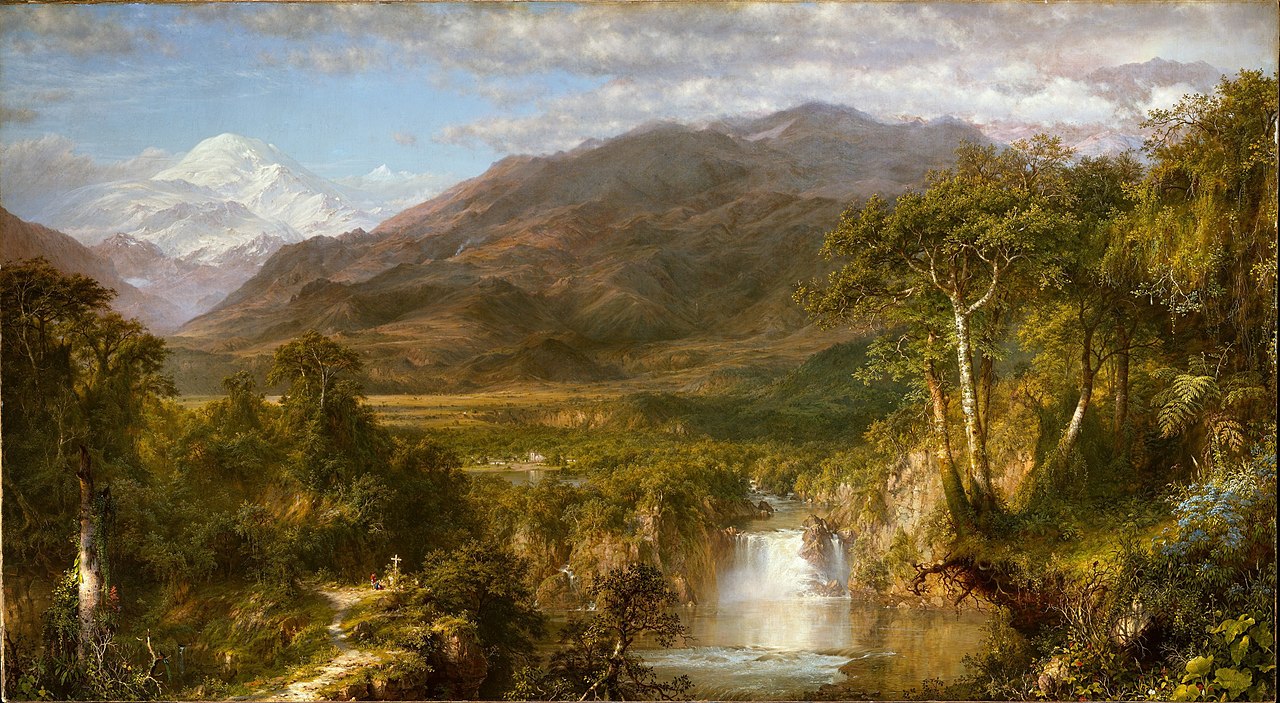
Three meters wide, Frederic Edwin Church’s 1859 painting The Heart of the Andes was the IMAX feature of its day: On its debut in New York, 12,000 people waited in line for hours to pay 25 cents for a look at the canvas, which was displayed between theatrical curtains. One witness wrote, “Women felt faint. Both men and women succumb[ed] to the dizzying combination of terror and vertigo that they recognize[d] as the sublime. Many of them will later describe a sensation of becoming immersed in, or absorbed by, this painting, whose dimensions, presentation, and subject matter speak of the divine power of nature.” Mark Twain raved to his brother:
I have just returned from a visit to the most wonderfully beautiful painting which this city has ever seen — Church’s ‘Heart of the Andes’ … I have seen it several times, but it is always a new picture — totally new — you seem to see nothing the second time which you saw the first. We took the opera glass, and examined its beauties minutely, for the naked eye cannot discern the little wayside flowers, and soft shadows and patches of sunshine, and half-hidden bunches of grass and jets of water which form some of its most enchanting features. There is no slurring of perspective effect about it — the most distant — the minutest object in it has a marked and distinct personality — so that you may count the very leaves on the trees. When you first see the tame, ordinary-looking picture, your first impulse is to turn your back upon it, and say ‘Humbug’ — but your third visit will find your brain gasping and straining with futile efforts to take all the wonder in — and appreciate it in its fulness and understand how such a miracle could have been conceived and executed by human brain and human hands. You will never get tired of looking at the picture, but your reflections — your efforts to grasp an intelligible Something — you hardly know what — will grow so painful that you will have to go away from the thing, in order to obtain relief. You may find relief, but you cannot banish the picture — it remains with you still. It is in my mind now — and the smallest feature could not be removed without my detecting it.
Church had spent two years in South America retracing the steps of Alexander von Humboldt to create a composite of the continent’s topography. He hoped to share it with the explorer himself, but Humboldt died before the painting could reach Europe.
“The Artist”
One evening there came into his soul the desire to fashion an image of ‘The Pleasure That Abideth For A Moment.’ And he went forth into the world to look for bronze. For he could only think in bronze.
But all the bronze in the whole world had disappeared; nor anywhere in the whole world was there any bronze to be found, save only the bronze of the image of ‘The Sorrow That Endureth For Ever.’
Now this image he had himself, and with his own hands, fashioned and had set it on the tomb of the one thing he had loved in life. On the tomb of the dead thing he had most loved had he set this image of his own fashioning, that it might serve as a sign of the love of man that dieth not, and a symbol of the sorrow of man that endureth for ever. And in the whole world there was no other bronze save the bronze of this image.
And he took the image he had fashioned, and set it in a great furnace, and gave it to the fire.
And out of the bronze of the image of ‘The Sorrow That Endureth For Ever’ he fashioned an image of ‘The Pleasure That Abideth For A Moment.’
— Oscar Wilde, Poems in Prose, 1894
Claque o’ Lanterns
Michigan art teacher Ray Villafane found enough success as a clay and wax sculptor to quit his job in 2006, but his career really took off when he changed media — the Wall Street Journal now calls him “the Picasso of pumpkin carving.”
(Thanks, Bill.)
The Mother of Invention
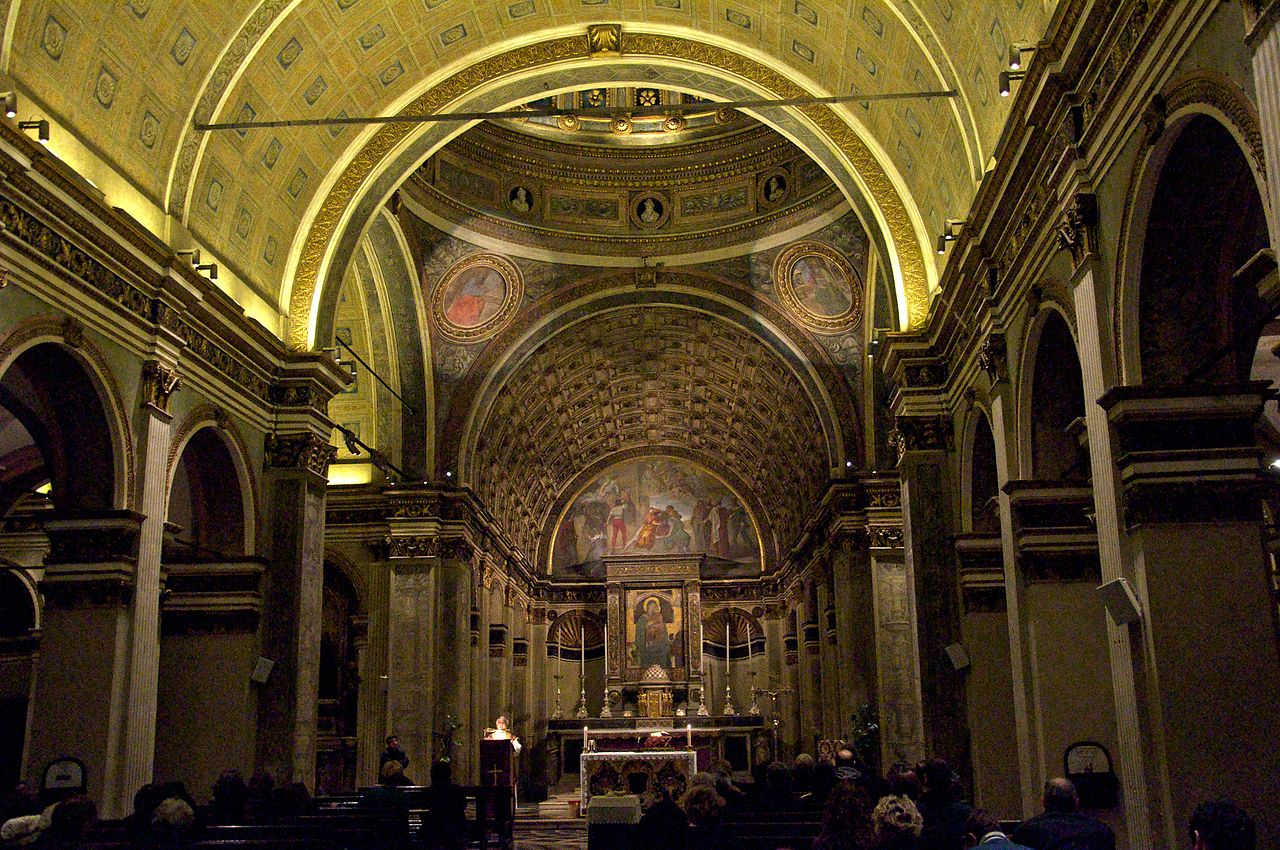
The presence of an inconvenient roadway prevented architect Donato Bramante from making Milan’s Santa Maria presso San Satiro as grand as he’d hoped — so he painted a fictional apse in a shallow niche that’s only a few feet deep.
Created in 1477, it’s one of the earliest examples of trompe l’oeil in the history of art.
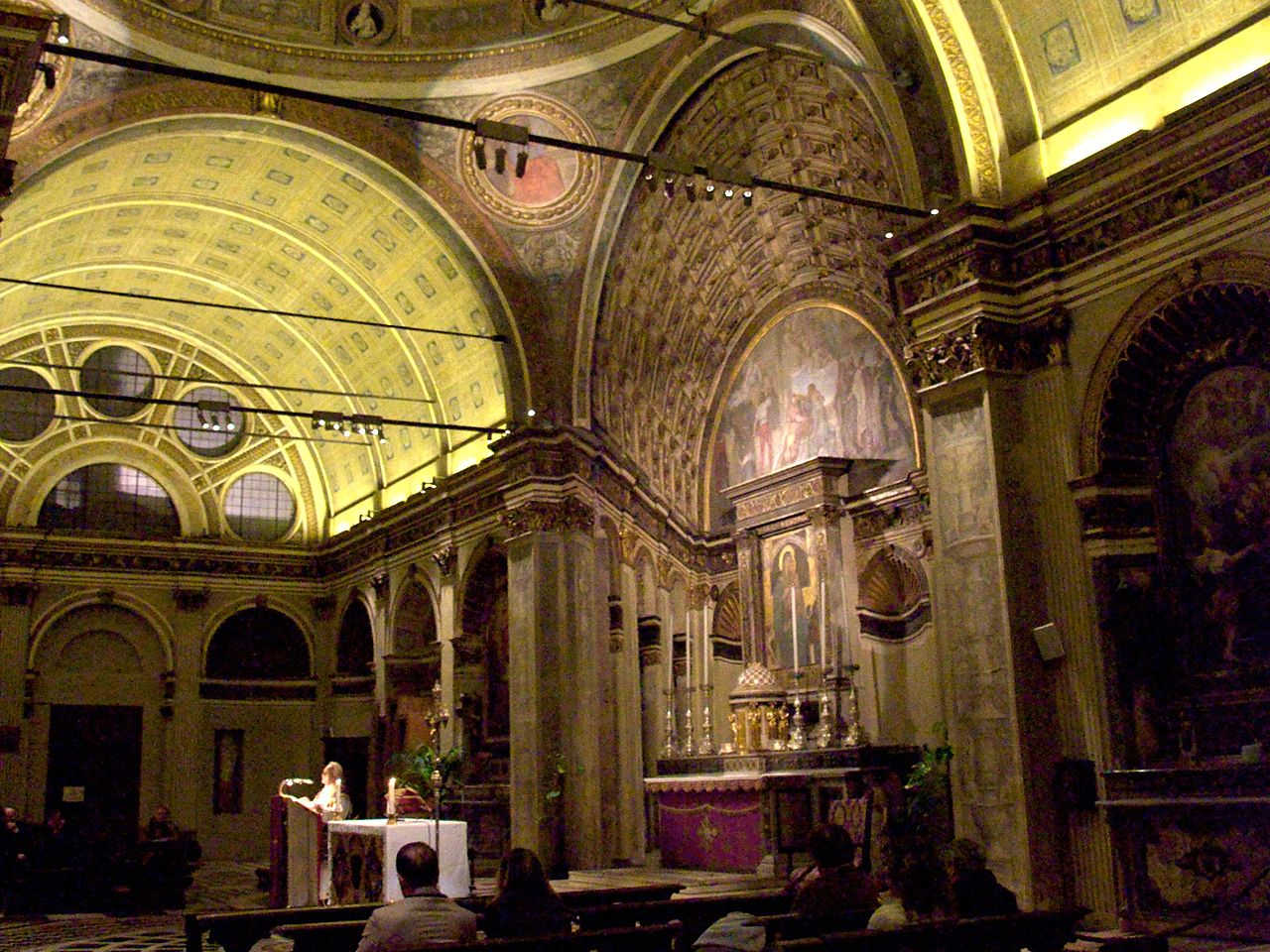
An Actor’s Notes

Ellen Terry played Juliet at London’s Lyceum Theatre in 1882. The following was later found on the flyleaf of her copy of the text:
Get the words into your remembrance first of all. Then, (as you have to convey the meaning of the words to some who have ears, but don’t hear, and eyes, but don’t see) put the words into the simplest vernacular. Then exercise your judgment about their sound.
So many different ways of speaking words! Beware of sound and fury signifying nothing. Voice unaccompanied by imagination, dreadful. Pomposity, rotundity.
Imagination and intelligence absolutely necessary to realize and portray high and low imaginings. Voice, yes, but not mere voice production. You must have a sensitive ear, and a sensitive judgment of the effect on your audience. But all the time you must be trying to please yourself.
Get yourself into tune. Then you can let fly your imagination, and the words will seem to be supplied by yourself. Shakespeare supplied by oneself! Oh!
Realism? Yes, if we mean by that real feeling, real sympathy. But people seem to mean by it only the realism of low-down things.
To act, you must make the thing written your own. You must steal the words, steal the thought, and convey the stolen treasure to others with great art.
(From Donald Sinden, ed., The Everyman Book of Theatrical Anecdotes, 1987.)

